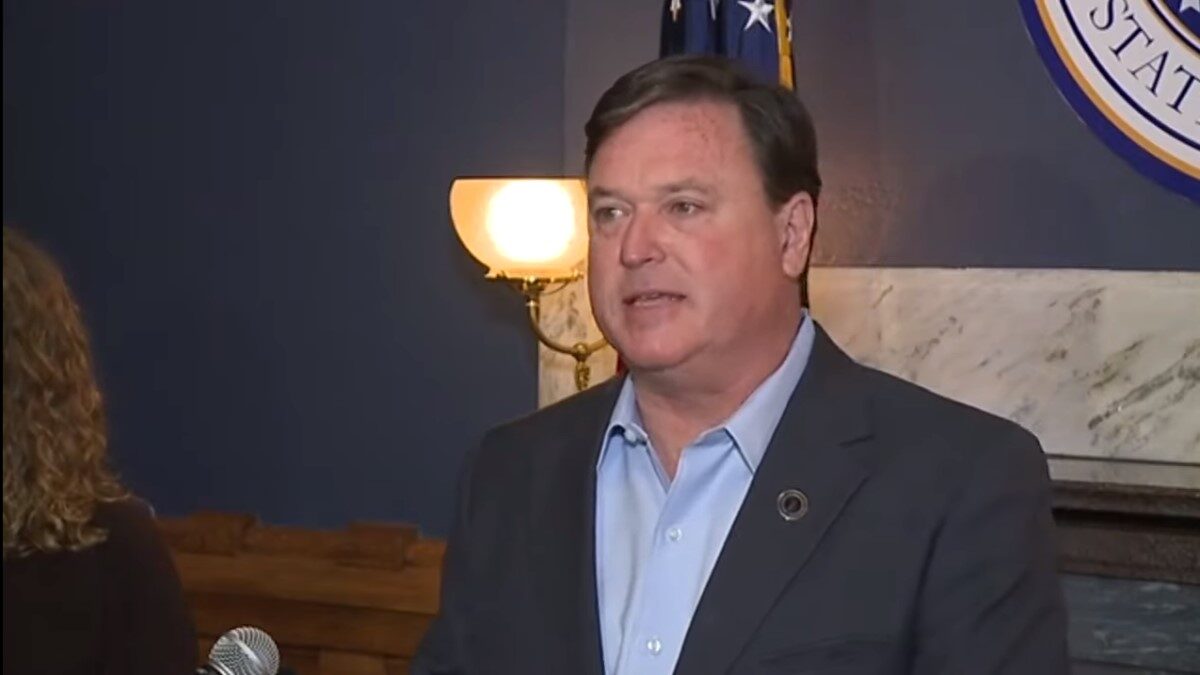
Manufactured hysteria about electronic cigarettes is perpetuating a public health crisis more severe than the one it seeks to address. A groundbreaking 2015 study conducted by Great Britain’s public health agency, Public Health England, shows that vaping is 95 percent safer than using combustible cigarettes.
An outbreak of a mysterious lung illness last fall, however, called into question vaping’s safety, igniting a scare that has led to heightened anxiety over use of the products. The illness has now claimed the lives of 57 people and injured more than 2,500 more, fueling panic among people concerned over the use of vaping products that have been blamed for the outbreak.
Contrary to how it was portrayed in the media, the illness was caused primarily by black-market THC (marijuana) products used in vaping devices, and not flavored e-cigarette products as the media and opponents of e-cigarettes have depicted.
Despite the Centers for Disease Control (CDC) and the U.S. Food and Drug Administration both pointing at THC products sold on the black market as the true culprits in the outbreak, vaping hysteria has remained in full bloom as cities and states continue to consider outright bans of effective and far less harmful products essential to helping smokers quit smoking.
Federal agencies and major public health organizations have also continued to hype the risks of using e-cigarettes, citing skyrocketing rates of youth vaping and nicotine addiction. Click on almost any American public health association’s website pages on vaping and find no shortage of information warning about the rising rates of teenage vaping and the dangers of e-cigarette products.
The data used to determine teenage vaping rates, however, show no “epidemic” among the nation’s young people, as the FDA has declared. The CDC data shows “current e-cigarette use” among teens shot up from 1.5 percent in 2011 to more than 20 percent in 2018 and spiked 78 percent from 2017 to 2018. The CDC shows that in 2019, one in ten middle school students and one in four high school students reported using e-cigarettes. A dramatic increase indeed, but a misleading one at that.
The CDC defined “current e-cigarette use” in its studies as any teen who has vaped just once in a 30-day period, which would include individuals who have simply tried an e-cigarette but are not habitual users.
Julie Gunlock, the director of the Center for Progress and Innovation at the Independent Women’s Forum, wrote that the CDC’s data does not support declaring youth vaping as an “epidemic.”
“This type of use is more likely reflective of a teen who wants to look cool at a party or fit in with his or her friends,” Gunlock wrote.
The focus on deterring youth vaping, however, has distracted public health professionals from their primary battle against cigarettes, the leading cause of preventable death in the United States. The CDC reports that more than 480,000 Americans die from cigarette smoking every year. According to Vice News, at least nine U.S. states have implemented some kind of ban on vaping products.
“Nobody cares about adult smokers,” Gunlock told The Federalist. “The consequences all along of these prohibitions is that we’re going to see a growing black market… We are going to see rising smoking rates… And we will see zero diminishments in teen vaping, which was the goal of these bans.”
While President Donald Trump ultimately backed down from a federal ban on flavored vaping products, more state and municipal regulations are coming. Dr. Michael Siegel of Boston University is one of the nation’s leading experts on youth and tobacco use. Siegel worries that the next wave of misguided regulation and misleading information about vaping’s safety will only hamper opportunities for more smokers to kick their addiction to cigarettes.
“Hysteria is fueling what I believe to be bad public policy,” Siegel told The Federalist. “Misinformation is affecting public attitudes and is going to deter people from switching from traditional cigarettes.”
Siegel also criticized public health organizations for being so laser-focused on youth vaping that they have left smokers behind in the process, depriving smokers of what have been proven to be the most successful forms for smoking cessation.
“Public health organizations have completely lost sight of the fact that smoking is the number one cause of preventable death,” Siegel said. “They’ve largely abandoned smokers, and they don’t seem to care anymore about helping save lives. They’ve quickly just given up on them.”
As mass hysteria continues to draw smokers away from electronic cigarettes, more will die deprived of life-saving resources that could have given them many more years to live.









